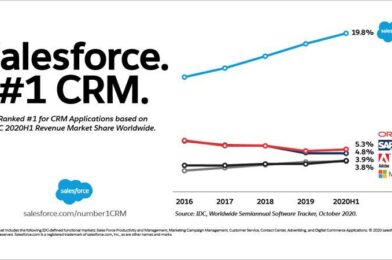- Who are Sanmina’s customers?
- How did Sanmina perform in fiscal year 2022?
- Does Sanmina Stock have more benefit?
Very little technology stocks are trading at 10-year highs, but in San Jose Sanmina Corporation (NASDAQ: SANM) is one of them.
Last week, the midcap moved up after another strong quarterly report. It bowed to what was a phenomenal fiscal 2022 for the company. Earnings per share (EPS) far exceeded Wall Street expectations in all four quarters.
The resounding outperformance is in stark contrast to what has been a difficult year for technology investors. Supply chain constraints and lukewarm IT spending have left many in need of urgent medical attention.
At Sanmina, however, there is a great demand for a completely different kind of EMS.
Interest in the group’s electronics manufacturing services – printed circuit board assembly, manufacturing and testing – is growing. And the best part is, even with the US economy teetering on a recessiongrowth comes from a range of end markets.
Who are Sanmina’s customers?
As a provider of integrated electronics manufacturing solutions, Sanmina serves original equipment manufacturers (OEMs) in high-growth industries. Its customers are mainly in communication, cloudindustrial, automotive, medical and defense markets.
Even when companies target a diverse set of end markets, they often specialize in one area. That is not the case with Sanmina.
About 60% of revenue comes from outside the networking and cloud infrastructure business. Since this comprehensive segment includes industrial, medical, defense and automotive customers, there is no major industry dependency. The same applies to the level of the individual customer. Sanmina’s 10 largest customers account for less than half of its total turnover. Simply put, the company is diversified growth at its best.
Soon Sanmina will do more business in India. Last month, it finalized a joint venture (JV) agreement with Reliance Industries Limited, a multinational conglomerate based in Mumbai. The joint venture, which will begin with a $200 million cash budget, will leverage Sanmina’s expertise in electronics manufacturing and Reliance’s knowledge of the local Indian market. Given Reliance’s strong presence in the energy, retail, textile and media markets, the partnership should expand Sanmina’s scope and diversify an already diverse model.
How did Sanmina perform in fiscal year 2022?
Together, these customers generated broad-based revenue growth in the company’s recently reported fiscal year. Last week’s Street-topping Q4 results capped off a great year for Sanmina that few saw coming.
After a lesser year in fiscal 2021, revenue growth rebounded 17% to $7.9 billion. Earnings per share (EPS) growth was even stronger at 26%, a function of increased operating margin and improved scale.
It was a particularly strong performance given supply chain challenges and rising economic uncertainty. Going forward, management expects pressure on the supply chain to ease. If so, it points to an even stronger performance in the new fiscal year.
Sanmina ended the year with one of the strongest balance sheets in the technology sector. Through October 1, debt was less than two-thirds of cash. Together with $1.4 billion in liquidity, this should provide enough flexibility to pursue organic growth and additional JV opportunities.
The financial strength supported Sanmina’s ability to repurchase 8 million of its own shares in fiscal year 2022. This pushed it past the $1 billion mark in repurchases dating back to fiscal year 2014. An additional $164 million remains on current repurchase authorization, which could limit any restrictions. pressure on short-term profit-taking.
Does Sanmina Stock have more benefit?
On a 12 month basis, Sanmina is trading at 13.5x adjusted earnings. The average P/E in the electronics industry is around 19x, meaning Sanmina shares remain woefully undervalued even after rising more than 60% this year.
If the company’s P/E multiple grew to the industry average, a move justified by last year’s growth, the stock would rise above $90. This implies another 30% to 40% increase from current levels.
The stock looks even more attractive on a forward P/E basis. Wall Street analysts forecast earnings growth of 17% in the current fiscal year. This means that Sanmina’s 17% growth can be achieved for less than 12x future earnings.
Despite Sanmina’s impressive rise over the past decade, there aren’t many research firms working on the sell side. This is part of the reason why it has largely flown under the radar mega cap technology makes headlines. Those who do cover the stock tend to be bullish. In the wake of the Q4 update, Sidoti Sanmina actually upgraded to buy with a price target of $78.
For the current quarter, management led to earnings per share of $1.46 at the midpoint. This implies a growth of 35% – growth that most struggling tech companies wouldn’t mind half of.
Since growth can come from anywhere (mobile 5G networks, electric vehiclesmilitary drones, renewable energy, diagnostic imaging to name a few), look for Sanmina to hold manufacturing outperformance into 2023.
